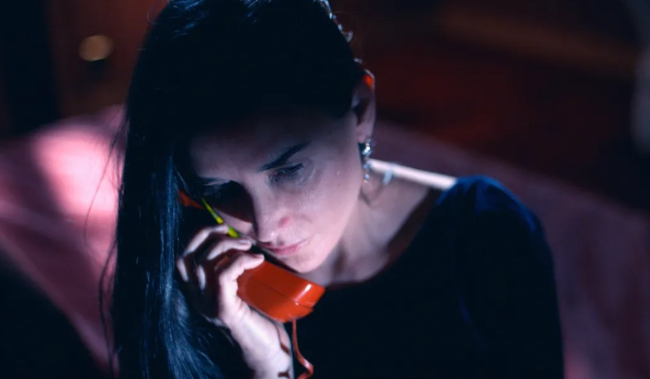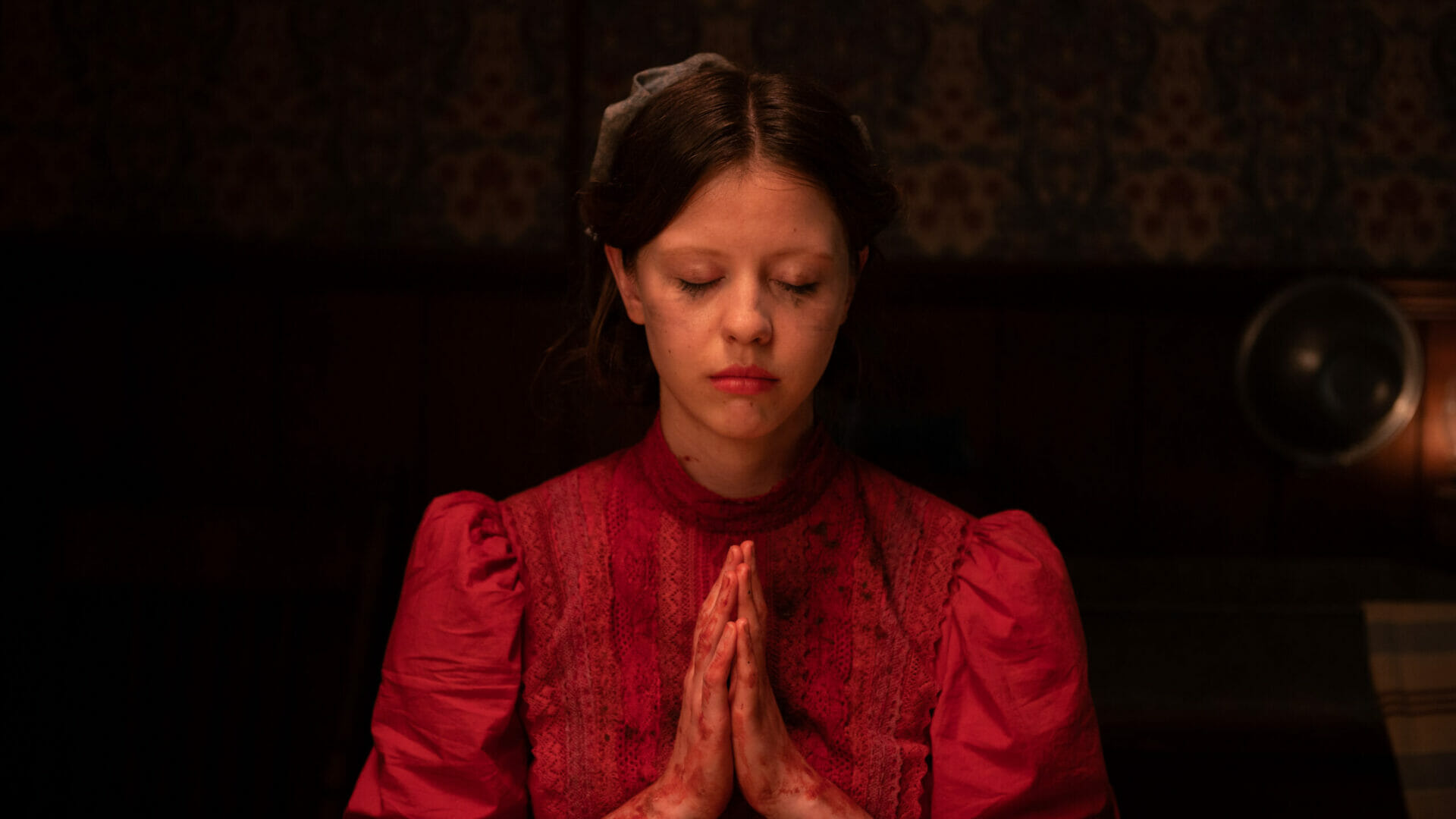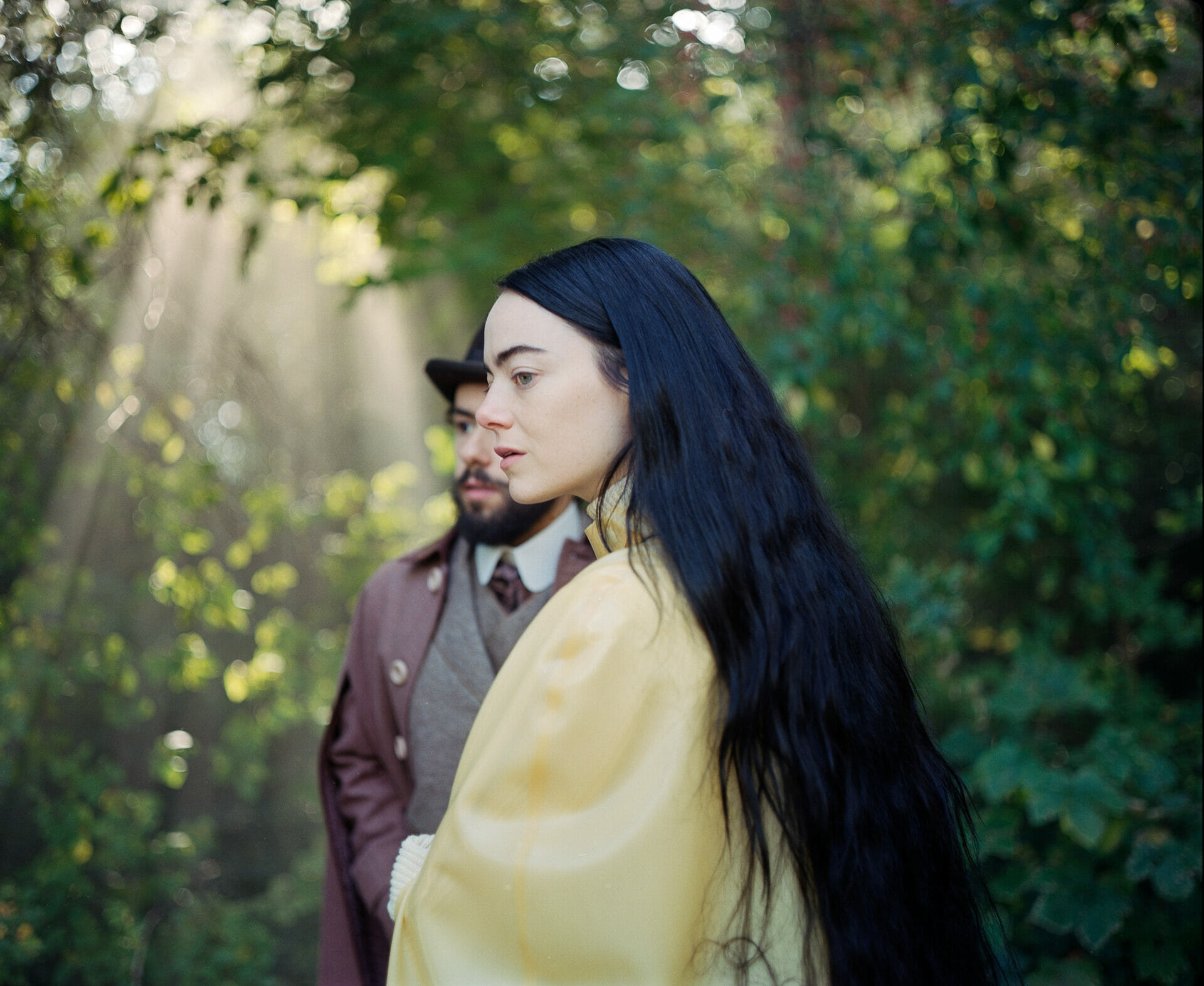
Pamela Anderson Shines in The Last Showgirl | Gia Coppola’s Drama on Aging, Sisterhood, and Reinvention
Year
Runtime
Director
Writer
Cinematographer
Production Designer
Music by
Country
Format
Genre
What happens when the curtain falls and the spotlight fades? For a dancer in a long-running Las Vegas revue, the stage is more than just a workplace; it’s a source of identity and purpose. When the final performance arrives, saying goodbye means more than leaving the glamour behind; it means letting go of the version of yourself you have always shown to the world. In The Last Showgirl, directed by Gia Coppola, “Le Razzle Dazzle” feels like home for 57-year-old showgirl Shelly, played by the one and only Pamela Anderson. In her long-awaited return to the screen, Anderson breathes surprising emotional depth into her character.
Gia Coppola collaborated with screenwriter Kate Gersten to adapt the latter’s play Body of Work into a motion picture. The film premiered at the 2024 Toronto International Film Festival, where Anderson’s empathetic and layered performance received widespread critical acclaim. The Last Showgirl quickly became one of the most talked-about films of the award season, with many believing it deserved Academy recognition. Although the film missed out on an Oscar win, it earned nominations at the 31st SAG Awards and 82nd Golden Globe Awards. Most importantly, the film marked a turning point in Anderson’s career. It allowed her to break free from her Baywatch (1992-1997) and Barb Wire (1996) cult roles and reshape her public image as a magnetic yet vulnerable actress.
- One Last Act: Story and Themes
- Curtain Call: Women in the Industry
- The Mirrorball Effect, as described by Taylor Swift
- Sisterhood in The Last Showgirl: Shelly and Pamela
- From Script to Screen: Cinematography and Soundtrack
One Last Act: Story and Themes
In The Last Showgirl, Gia Coppola’s distinct directorial vision brings a rarely seen side of Las Vegas to the screen. “Las Vegas doesn’t operate like any other city. It’s consumerism and magic put together,” she explained. This sentiment resonates throughout the film. However, Coppola seems more interested in the real lives hiding behind the Strip’s dazzling lights, and Shelly Gardner is the show’s star. The protagonist lives off the legacy of her fame as one of the original showgirls who rose to stardom in the 1980s. Thirty years later, she still performs in her beloved debut show, the French burlesque–inspired “Le Razzle Dazzle”, sharing the stage with much younger dancers.
Alongside Pamela Anderson, the cast features the boisterous Jamie Lee Curtis as a former showgirl and Shelly’s loyal right-hand woman; Brenda Song as Mary-Anne, and Kiernan Shipka as Jodie, fellow dancers and close friends who bring sisterhood and generational contrast to the story. The director only shows a few frames of the rhinestone-and-feathers revue because she’d rather tell the story that unfolds backstage. The story shows heartfelt moments of connection and the frantic energy of pre-show preparation.
The characters’ daily routines are unsettled when the show’s stage manager, Eddie (Dave Bautista), suddenly announces that the show is ending, forcing them to reckon with the future. Shelly feels the ground shift beneath her feet. She once gave up everything to pursue her dream career, but now only fading memories remain, along with an unclear path ahead. It is hers, the final act of the most dazzling and tragic show.
Curtain Call: Women in the Industry
Gia Coppola tells a far more universal story through the microcosm of a Las Vegas theater. Beneath its glittering surface, The Last Showgirl addresses the ageism and disposability that women in the entertainment industry often face. By merging fiction with fundamental societal issues, Shelly emerges as a profoundly human and flawed character. The film thoughtfully explores how women, especially mothers, are often forced to walk the fine line between ambition and selfishness. It underscores the lack of support the system offers working mothers, forcing them to make impossible choices that shape their lives. “Feeling seen, feeling beautiful, that is powerful. And I can’t imagine my life without it”, says Shelly, explaining what compelled her to pursue her vocation despite the cost.
Shelly’s experience mirrors Elisabeth Sparkle’s in Coralie Fargeat’s The Substance. Both women faced the challenge of aging in a world that values youth over legacy.
That’s something very intrinsic to who Shelly is. She doesn’t even recognize how old she is, because she has been doing the thing that she loves every single day. It doesn’t occur to her that time has passed, that the world has evolved. She is somebody who lives in her own fantasy life a bit. Her life in Las Vegas has been charmed, from when she was so young getting cast in this show and becoming a celebrated figure in Las Vegas and an icon of America in general, and that makes Shelly want to live in that space forever.
Kate Gersten in an interview with IndieWire
The Mirrorball Effect, as described by Taylor Swift
Ultimately, the film brings authenticity to a city famously lacking a true “sense of place,” offering a poignant reflection on the exploitation of women and their bodies, particularly in live performances. Shelley’s devotion to the stage mirrors the quiet yearning expressed in Taylor Swift’s “mirrorball,” where the shimmering disco ball becomes a metaphor for the pressure to reflect others’ desires, even at the cost of one’s identity.
I know they said the end is near
”mirrorball” by Taylor Swift
But I’m still on my tallest tiptoes
Spinning in my highest heels, love
Shining just for you
Shelley has built her life on being desirable, graceful, and seemingly ageless. However, when she is no longer on stage, she must balance putting on a show for others with rediscovering who she truly is.
Unable to keep up with the ever-changing expectations placed on women in the industry, Shelley humiliates herself during an audition for a new show, revealing her desperation to remain relevant. Like the haunting scene in Ti West’s Pearl, where the protagonist pleads, “Please, I’m a star!”, Shelley feels abruptly cut off from the life she built for herself. Her dreams slip just beyond her reach. She comes to the painful realization that the system she once belonged to no longer has a place for her.
Sisterhood in The Last Showgirl: Shelly and Pamela
Amid a cast of sensational women in The Last Showgirl, what truly stands out is the vivid, heartfelt sense of sisterhood that binds them together. Diving into the human side of a seemingly glitzy and glamorous world was pivotal to making the film. Inspired by the cast of the real-life Las Vegas show Jubilee!, Gia Coppola captured the camaraderie that allowed the women to withstand the pressures of an unforgiving spotlight.
Although The Last Showgirl is her first dramatic role, Pamela Anderson gives the performance of a lifetime, likely drawing from the personal parallels she shares with Shelley. Rather than rewriting her past, she reclaims her narrative by finally being seen for her nuanced acting. By embodying Shelley’s naiveté and resilience with striking authenticity, Anderson allows the character’s contradictions to shine.
Though often considered an outsider in the industry, Anderson defied expectations by fostering a strong sense of community on set. She created an atmosphere of genuine sisterhood, both on and off screen.
From Script to Screen: Cinematography and Soundtrack
To recreate Vegas’s dreamlike and spectral charm, Coppola reunited with cinematographer Autumn Durald Arkapaw. Filmed in just 18 days in January 2024, The Last Showgirl enabled the director to maintain her artistic integrity by working with a small crew and minimal equipment. Though Las Vegas is no stranger to cinema, the director offers a more introspective and personal take on the city this time. Using 16mm film, soft focus, and handheld camera movements certainly adds to the film’s personality. Coppola cited John Cassavetes and Sean Baker as key inspirations for the shooting process, which explains the grainy, saturated quality of the images that enhance the film’s overall aesthetic.
Miley Cyrus joined the all-female cast and contributed an original song, “Beautiful That Way,” which plays over the closing credits. With her distinctive, gritty voice and old-school groove, the track earned a Golden Globe nomination for Best Original Song. The song leaves audiences both nostalgic and mesmerized, perfectly capturing the bittersweet essence of the film.
Tag
Buy a ☕ for Hypercritic










